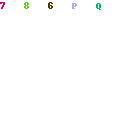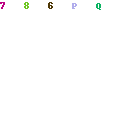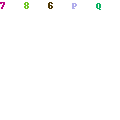
Mathematics, 21.10.2019 23:10 juana18
(a)- if f(x) = f(x)g(x), where f and g have derivatives of all orders, show that f"=f''g+2f'g'+fg'' (b)- find simmiliar formula for f''' and f^(4) (c)-describe the pattern for higher derivatives of f.

Answers: 2
Another question on Mathematics


Mathematics, 21.06.2019 18:30
Sasha drank 8 bottles of water everyday for a week. how many bottles of water did she drink in total?
Answers: 2

Mathematics, 21.06.2019 19:00
The diagonals of a quadrilaretral intersect at (-1,4). one of the sides of the quadrilateral is bounded by (2,7) and (-3,5) determine the coordinates of the other side in order for the quadrilaretral to be a square.
Answers: 1

Mathematics, 21.06.2019 22:30
]supplementary angles are two angles that add up to . • complementary angles are two angles that add up to degrees. • adjacent angles share a and a • congruent angles have the measure. • an triangle has one angle that is greater than 90 degrees. • a triangle with angles 45°, 45°, and 90° would be a triangle
Answers: 2
You know the right answer?
(a)- if f(x) = f(x)g(x), where f and g have derivatives of all orders, show that f"=f''g+2f'g'+fg''...
Questions

Advanced Placement (AP), 22.08.2020 06:01



Mathematics, 22.08.2020 06:01

Mathematics, 22.08.2020 06:01

Mathematics, 22.08.2020 06:01


Mathematics, 22.08.2020 06:01



Social Studies, 22.08.2020 06:01



Physics, 22.08.2020 06:01


Social Studies, 22.08.2020 06:01

English, 22.08.2020 06:01

History, 22.08.2020 06:01


 are
are


 means no derivative and
means no derivative and
 are the combination of n elements taken m at a time
are the combination of n elements taken m at a time



